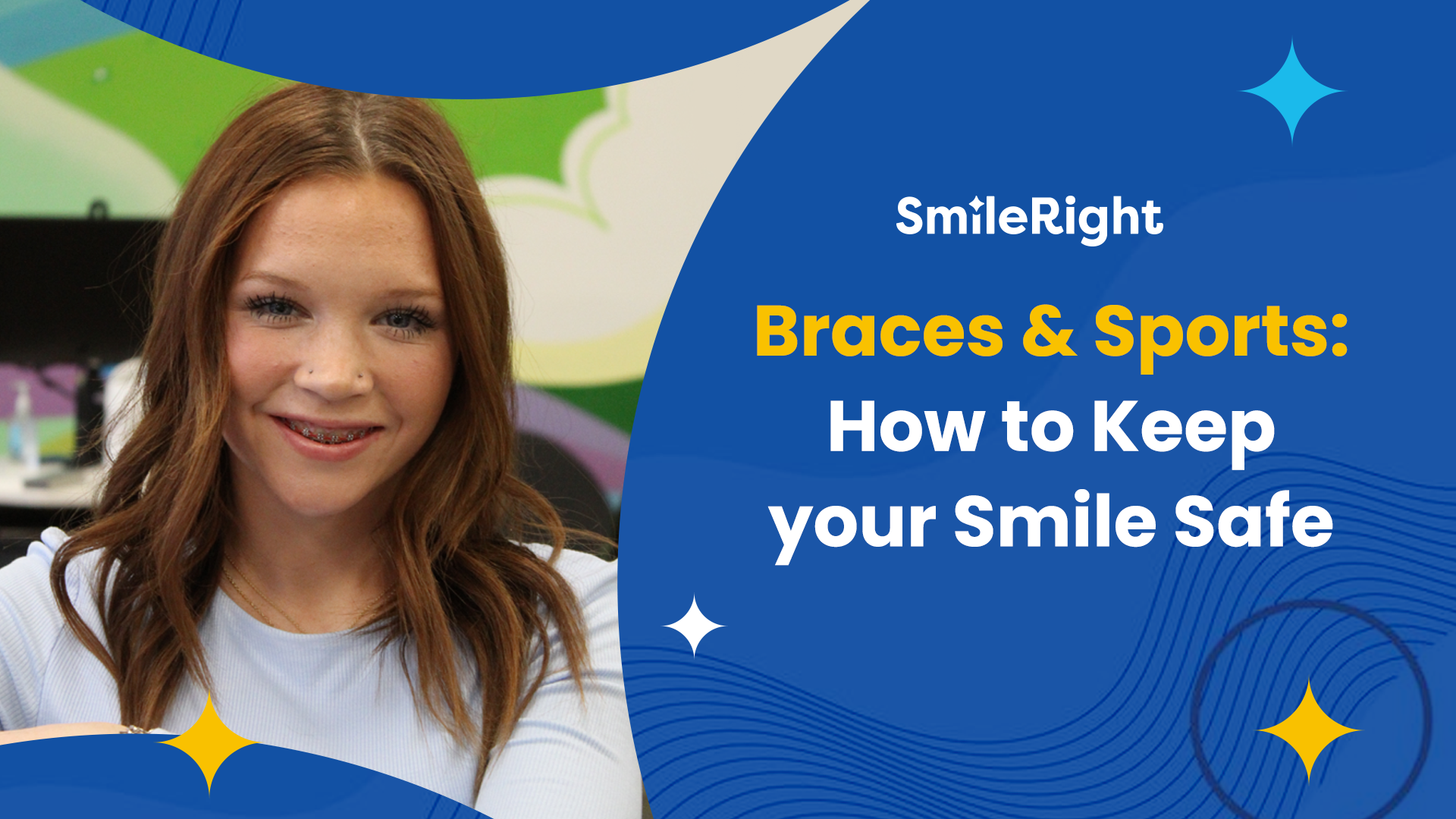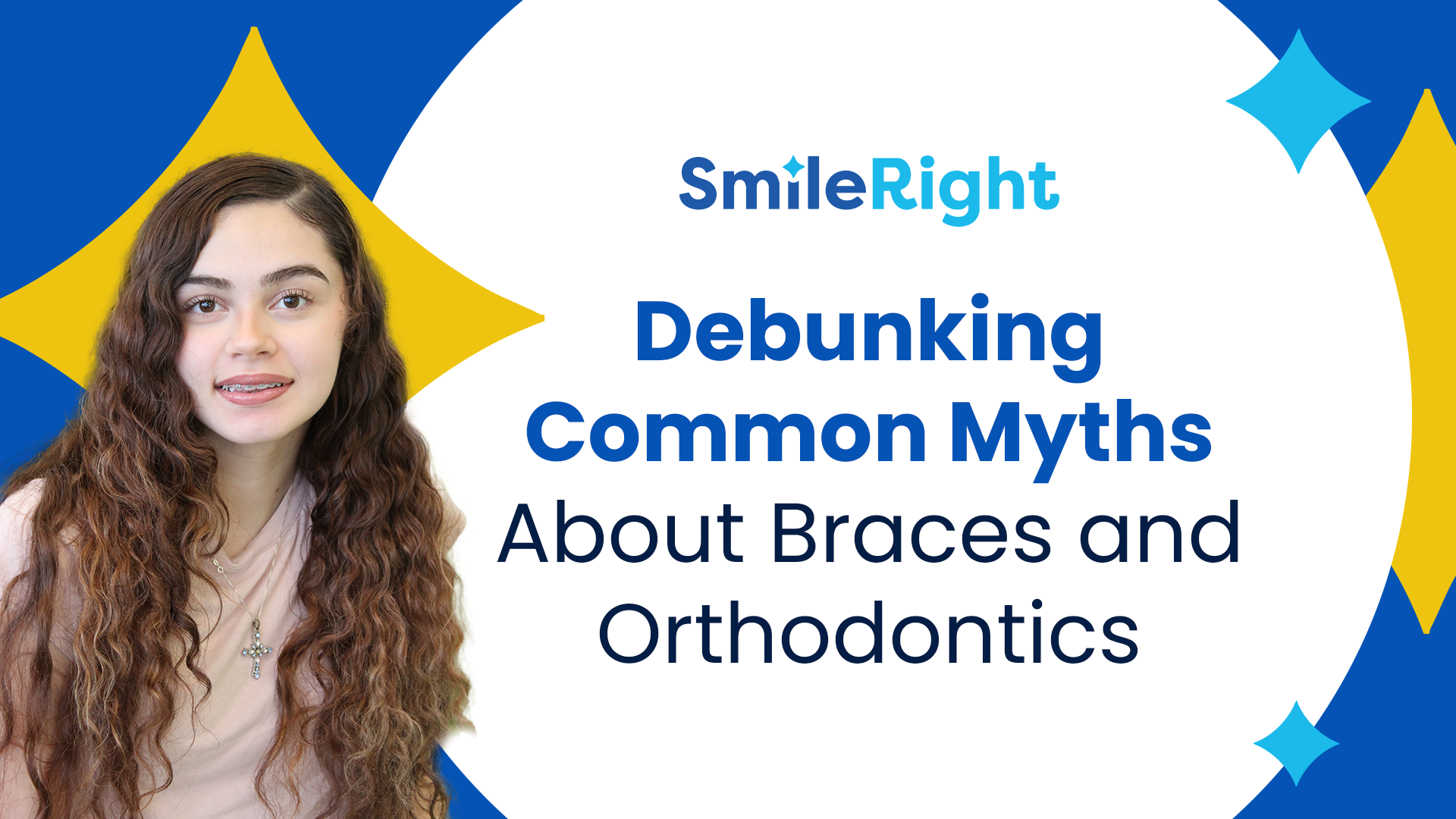The Ultimate Guide to Using Metal Braces for Gapped Teeth

Source: Dr. Marketing
When it comes to orthodontic solutions for gapped teeth, metal braces are a time-tested and reliable method that has been consistently used to achieve a beautifully aligned smile. If you or your child are dealing with gaps between your teeth and are exploring treatment options, understanding how metal braces work and their benefits can provide valuable insights into the effectiveness of this treatment approach. Let's delve into the details of how metal braces can effectively address gaps in teeth and help you achieve the smile you desire.
Why Choose Metal Braces?

Metal braces are widely known as one of the most effective and reliable orthodontic treatments for correcting gapped teeth. Through the precise application of gentle force and pressure, metal braces gradually guide the teeth into proper alignment, resulting in a beautifully straight and harmonious smile. This time-tested treatment option offers individuals the opportunity to achieve a more confident and radiant smile while addressing spacing issues and improving overall dental health. Here's why:
Proven Effectiveness
Metal braces have been used for decades, providing reliable and predictable results. They are highly effective at closing gaps and aligning teeth properly.
Cost-Effective
Compared to other orthodontic treatments, metal braces are generally more affordable, making them accessible to a broader range of patients. At SmileRight in Houston, patients can get metal braces for just $2,998! Call us at (281) 699-0234 to schedule your consultation.
Durability
Made from high-grade stainless steel, metal braces are robust and can withstand the daily pressures of chewing and speaking without breaking or bending.
Precision
Our orthodontists at SmileRight can precisely adjust metal braces to ensure each tooth moves into the correct position, effectively closing gaps over time.
How Metal Braces Work for Gapped Teeth

Metal braces, the classic and reliable choice for straightening teeth, consist of durable brackets that are carefully bonded to each tooth and then connected by a flexible archwire. This archwire will be adjusted and tightened over time, gradually guiding your teeth into the desired alignment. For individuals with gapped teeth, our orthodontist will carefully monitor the progress and make precise modifications to the archwire, gradually shortening it until the gap is seamlessly closed, resulting in a beautifully aligned smile.
Detailed Treatment Process For Getting Metal Braces

Initial Consultation and Examination
The initial consultation is a critical first step in the journey to a gap-free smile. During this visit, the orthodontist will conduct a comprehensive examination of your teeth and jaw. This examination typically includes:
- X-rays: These provide a detailed view of the teeth and jawbone, allowing the orthodontist to assess the position of the teeth and identify any underlying issues.
- Impressions: The orthodontist will take impressions of your teeth using a dental putty. These impressions create a model of your teeth, which helps in planning the treatment.
- Photographs: Photos of your teeth and face may be taken to document the starting point and track progress.
This thorough examination allows the orthodontist to develop a customized treatment plan tailored to your specific needs. The plan will outline the expected duration of treatment, the type of braces to be used, and any other necessary interventions.
Placement of Braces
Once the treatment plan is finalized, the next step is the placement of the braces. Here's what you can expect during this appointment:
- Teeth Cleaning: Our orthodontist will start by thoroughly cleaning your teeth to ensure that the brackets adhere properly.
- Bracket Bonding: Each bracket is attached to the surface of each tooth using a special dental adhesive. The orthodontist carefully positions each bracket to ensure optimal placement.
- Archwire Insertion: Once the brackets are in place, an archwire is threaded through them. The archwire is secured to the brackets using small elastic bands, which come in various colors for a personalized touch.
Gradual Adjustment and Movement
Over the course of your treatment, the orthodontist will periodically adjust the archwire to ensure that the teeth are moving as planned. These adjustments apply gentle, continuous pressure to the teeth, gradually guiding them into the correct positions. The frequency and nature of these adjustments depend on the individual treatment plan but typically occur every 4-6 weeks.
Regular Check-ups and Monitoring
Regular check-ups are essential to monitor the progress of the treatment and make any necessary adjustments. During these appointments, our orthodontist will:
- Check Tooth Movement: The orthodontist will assess the movement of the teeth and ensure they are aligning as expected.
- Adjust the Archwire: The archwire may be tightened, bent, or replaced to continue guiding the teeth into the correct positions.
- Replace Elastic Bands: The small elastic bands securing the archwire may be replaced, allowing for a fresh and secure fit.
Benefits of Closing Gaps with Metal Braces

Opting for metal braces to address tooth gaps offers a range of advantages beyond mere aesthetics. By closing gaps, you achieve a more consistent and visually appealing smile, which boosts confidence and self-esteem. Additionally, closing gaps enhances dental health by preventing food particles from becoming trapped and contributing to plaque build-up, thus reducing the risks of cavities and gum disease. Properly aligned teeth also facilitate better chewing and speech, promoting overall oral health and alleviating strain on jaw muscles. Furthermore, metal braces provide a robust and enduring solution to maintain teeth alignment, ensuring that gaps do not resurface.
Frequently Asked Questions About Metal Braces

How Long Will I Need to Wear Braces?
The duration of treatment with metal braces varies depending on the severity of the gaps and individual patient needs. On average, treatment can last anywhere from 18 months to 3 years. Our orthodontist will provide a more accurate estimate based on your specific case.
Can Adults Get Metal Braces?
Absolutely! Metal braces are not just for children and teenagers. Many adults choose metal braces to correct gaps and other alignment issues. The effectiveness of metal braces makes them a popular choice for patients of all ages.
Are There Any Alternatives to Metal Braces?
Yes, there are alternatives to metal braces, including:
- Ceramic Braces: These work like metal braces but use tooth-colored brackets that are less noticeable.
- Invisalign: Clear aligners that are removable and virtually invisible, suitable for mild to moderate alignment issues.
- Lingual Braces: Placed on the back of the teeth, making them invisible from the front.
Our orthodontist can help you determine which option is best for your needs.
How Much Do Metal Braces Cost?
The cost of metal braces varies based on factors such as the complexity of the case, the duration of treatment, and your location. Generally, metal braces are more affordable than other orthodontic options. At SmileRight Braces in Houston, we offer Same Day Metal Braces for ONLY $2,998!

Metal braces effectively close gaps in teeth for long-lasting results that improve aesthetics and dental health. The transformative journey with braces boosts self-esteem and functionality. Once treatment is complete, beautifully aligned teeth endure for years. Precision adjustments lead to an ideal smile, with the orthodontist providing support throughout. Act now by calling us at (281) 699-0234 to schedule a consultation at SmileRight Braces in Houston and begin the journey to a healthier, more confident smile with metal braces.
SmileRight is your local Houston Orthodontist!



We understand that trying to find a nearby orthodontist you can trust is difficult, that is why we make it easy for you to work with us.
Contact Information
17375 Tomball Pkwy, Ste 2B, Houston, TX, 77064
Email: info@smilerightbraces.com
Phone: (281) 699-0234
Helpful Links
Ortho Practice Hours
- Monday
- -
- Tuesday
- -
- Wednesday
- -
- Thursday
- -
- Friday
- -
- Saturday
- Closed
- Sunday
- Closed

